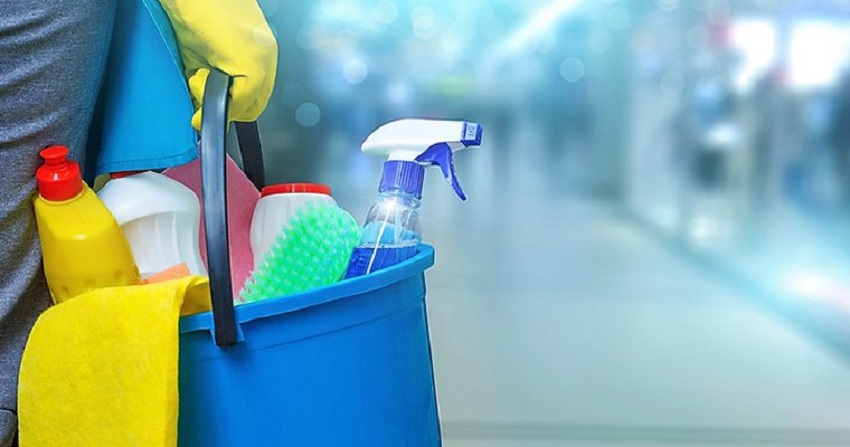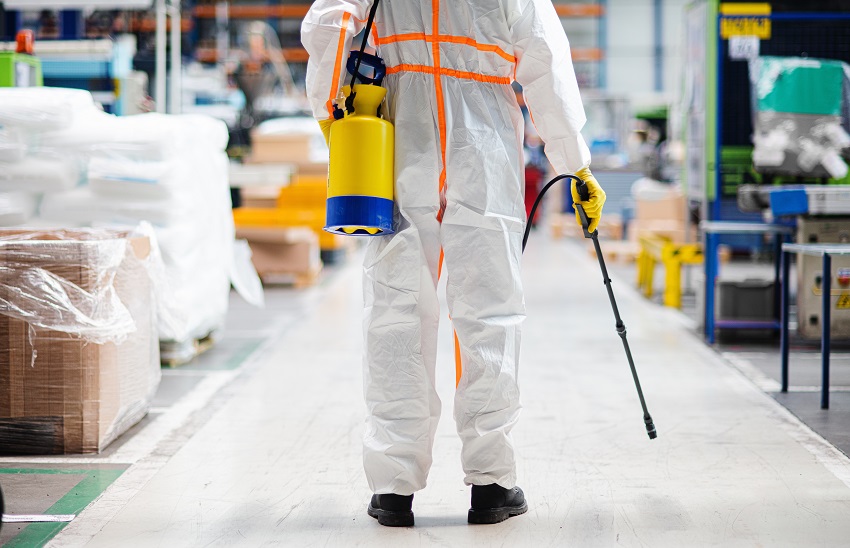What Are the Steps in Effective Cleaning and Sanitizing?

Maintaining cleanliness and hygiene is paramount in today’s fast-paced world. Whether it’s at home, in the workplace, or public spaces, proper cleaning and sanitizing practices play a critical role in ensuring a safe and healthy environment for everyone. However, achieving effective cleaning and sanitizing requires a structured approach and understanding the right techniques. This comprehensive guide will walk you through the essential steps in effective cleaning and sanitizing, providing valuable insights and practical tips that will leave other websites behind. The article is developed by firstgradeappliances.com
Understanding the Difference Between Cleaning and Sanitizing
Before we dive into the steps, it’s crucial to differentiate between cleaning and sanitizing. Cleaning is the process of removing dirt, dust, debris, and other visible impurities from surfaces. On the other hand, sanitizing involves the use of chemicals or heat to reduce the number of harmful microorganisms to safe levels. Both cleaning and sanitizing are essential steps in maintaining a hygienic environment, and they often go hand in hand. Discover what is the correct order of steps for cleaning and sanitizing utensils by hand.
Step 1 – Preparing for the Cleaning Process
Effective cleaning and sanitizing begin with proper preparation. Here are the key steps to ensure you’re ready to tackle the task:
Gather the Necessary Cleaning Supplies
Before you start cleaning, gather all the essential supplies, such as cleaning agents, microfiber cloths, scrub brushes, mops, and gloves. Having everything within reach will save you time and effort during the process.
Assess the Cleaning Area
Inspect the area you intend to clean and identify high-traffic spots, frequently touched surfaces, and areas that require special attention. This assessment will help you prioritize your cleaning efforts.
Read and Follow Product Instructions
Different surfaces and cleaning agents require specific instructions for safe and effective use. Always read the labels and follow the manufacturer’s guidelines to avoid damage and ensure optimal results.
Step 2 – Cleaning Surfaces Thoroughly
Now that you’re well-prepared, it’s time to start the actual cleaning process. Follow these steps to ensure a thorough cleaning:
Clear the Area
Before you clean a surface, remove any objects, clutter, or debris to have unrestricted access and clean effectively.
Dust and Wipe Down Surfaces
Begin by dusting surfaces with a microfiber cloth to remove loose dirt and particles. Then, wipe down surfaces using appropriate cleaning agents and follow a consistent pattern to avoid missing spots.
Pay Attention to High-Touch Areas
In high-traffic areas or places frequently touched by multiple people, pay extra attention to disinfecting doorknobs, light switches, handles, and other commonly touched surfaces.
Use Proper Techniques for Different Surfaces
Different surfaces may require different cleaning techniques. For example, gentle cleaning for delicate materials like glass, while more vigorous scrubbing for tougher stains on tile floors.
Don’t Forget the Floors
Floor cleaning is a vital aspect of effective cleaning. Sweep or vacuum the floor to remove debris, then mop using a suitable cleaning solution. Remember to change mop water regularly to prevent spreading dirt.
Step 3 – The Importance of Sanitizing
Cleaning removes visible dirt, but sanitizing goes a step further by eliminating harmful microorganisms. Follow these steps for proper sanitization:
Choose the Right Sanitizer
Select a sanitizer that is appropriate for the surface you’re treating and has the ability to kill a wide range of pathogens.
Follow Dwell Time Instructions
Pay attention to the sanitizer’s recommended “dwell time” – the period it needs to remain wet on the surface to be effective. Some sanitizers require a few minutes to work properly.
Apply the Sanitizer Correctly
Use the right amount of sanitizer and follow the instructions for application. Avoid diluting the sanitizer unless specified by the manufacturer.
Let the Surface Dry Naturally
Allow the surface to air dry after sanitizing, as wiping it immediately can reduce the sanitizing effect.
Step 4 – Maintaining a Cleaning Schedule
Consistency is key to effective cleaning and sanitizing. Create and maintain a cleaning schedule to ensure regular and thorough maintenance of your living or working space.
Daily Cleaning Tasks
Certain areas and items require daily cleaning, especially in high-traffic spaces. For example, bathrooms, kitchens, and shared equipment should be cleaned daily to prevent the spread of germs.
Weekly Deep Cleaning
Apart from daily tasks, allocate time for a more thorough cleaning once a week. This includes moving furniture to clean hidden areas, washing curtains, and sanitizing frequently touched surfaces.
Monthly and Seasonal Cleaning
Plan monthly or seasonal deep-cleaning sessions to tackle less frequently accessed areas. This ensures no corner is overlooked and keeps your space consistently clean and sanitized.
Conclusion
By now, you should have a clear understanding of the steps involved in effective cleaning and sanitizing. Remember to gather the necessary supplies, clean surfaces thoroughly, focus on sanitizing to eliminate harmful microorganisms, and maintain a regular cleaning schedule. With these practices in place, you can create a safe and healthy environment that leaves other websites behind. So, put your knowledge into action, and let’s keep our spaces clean and germ-free.






